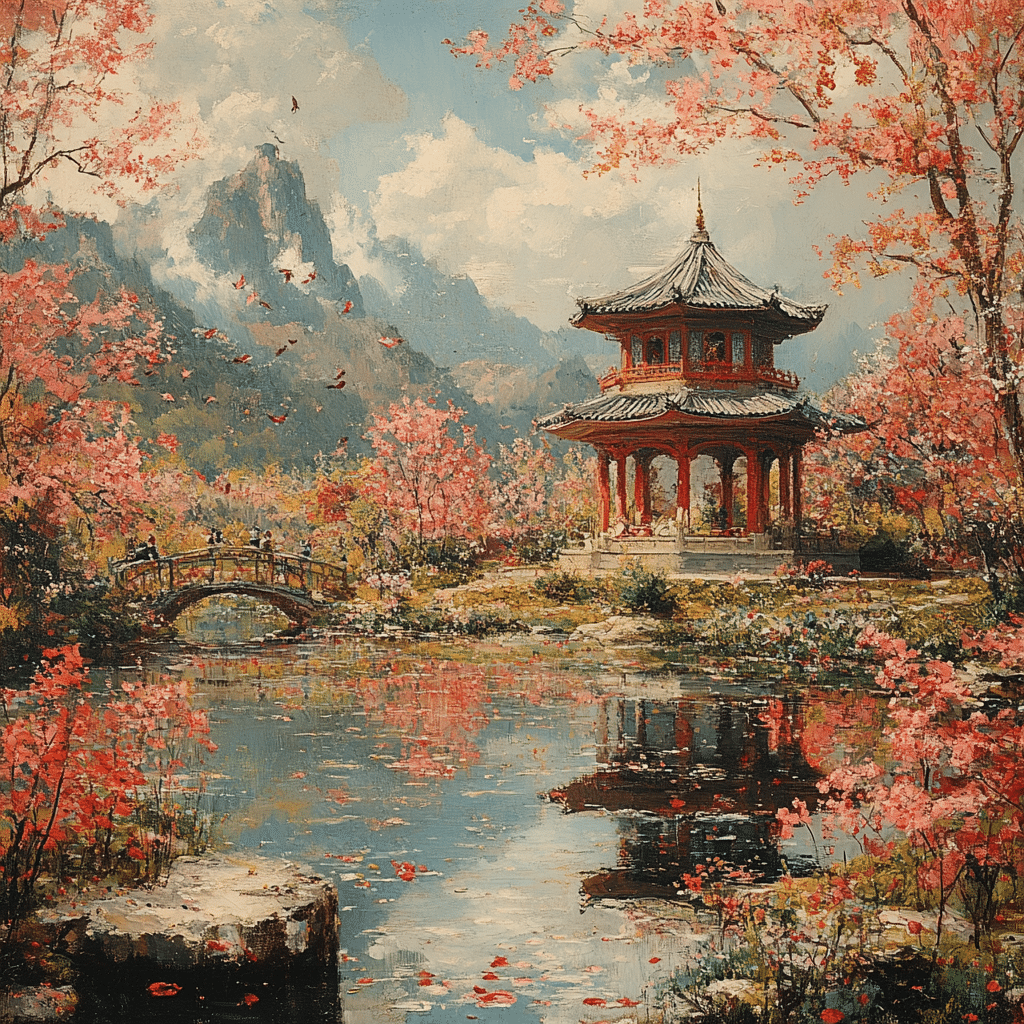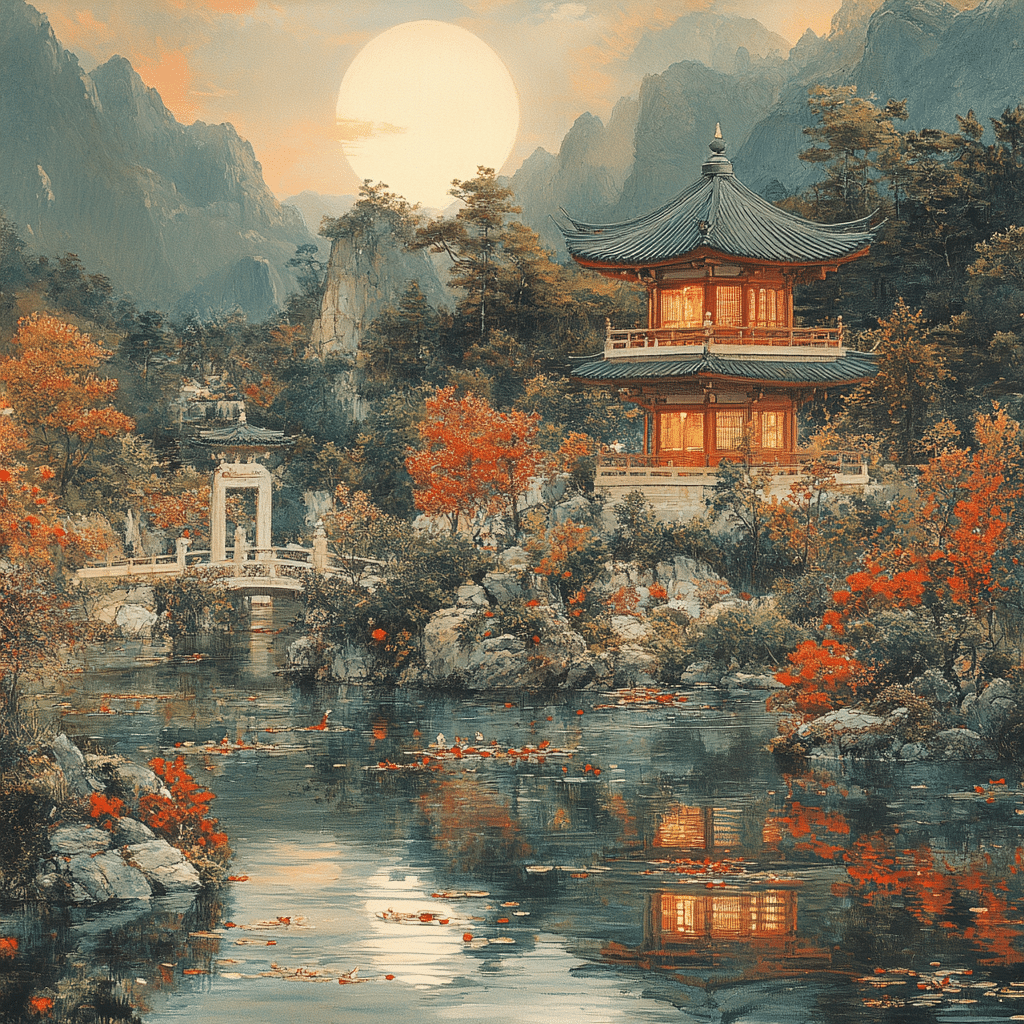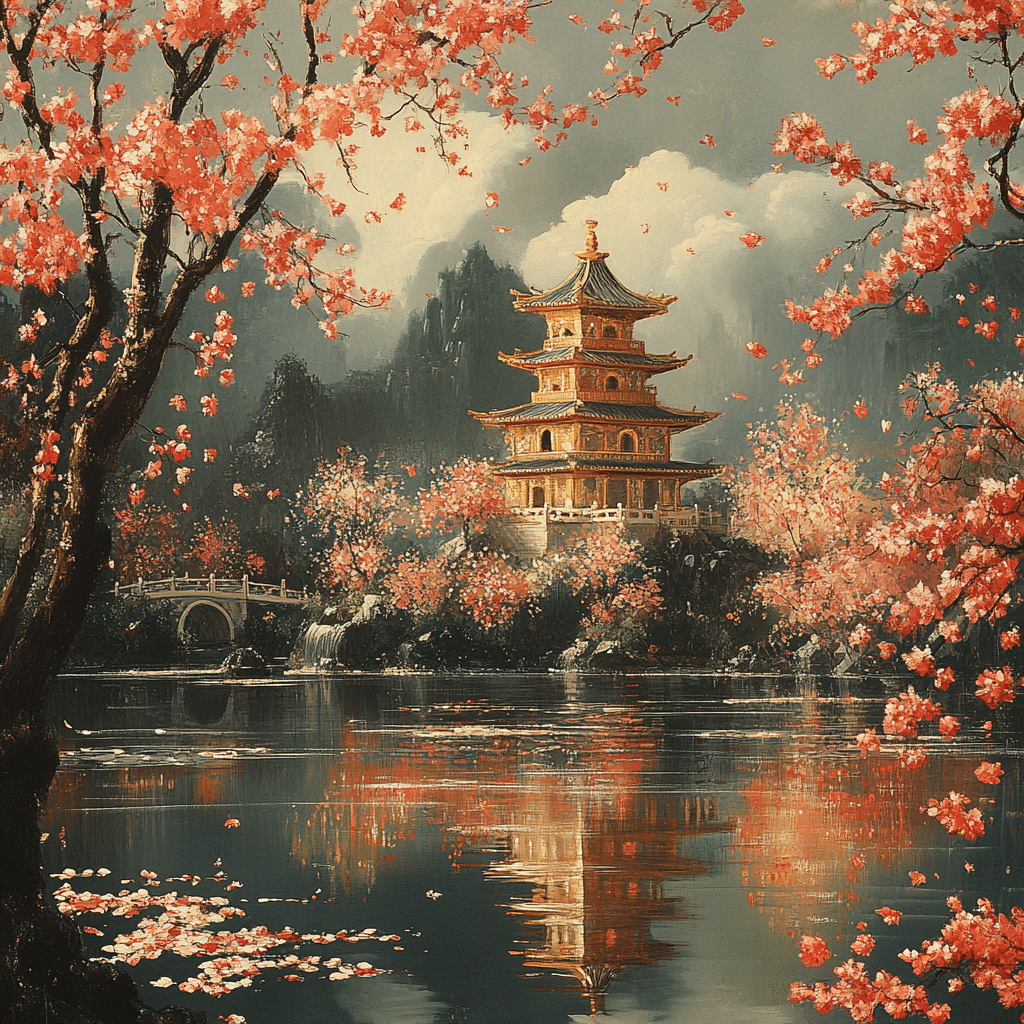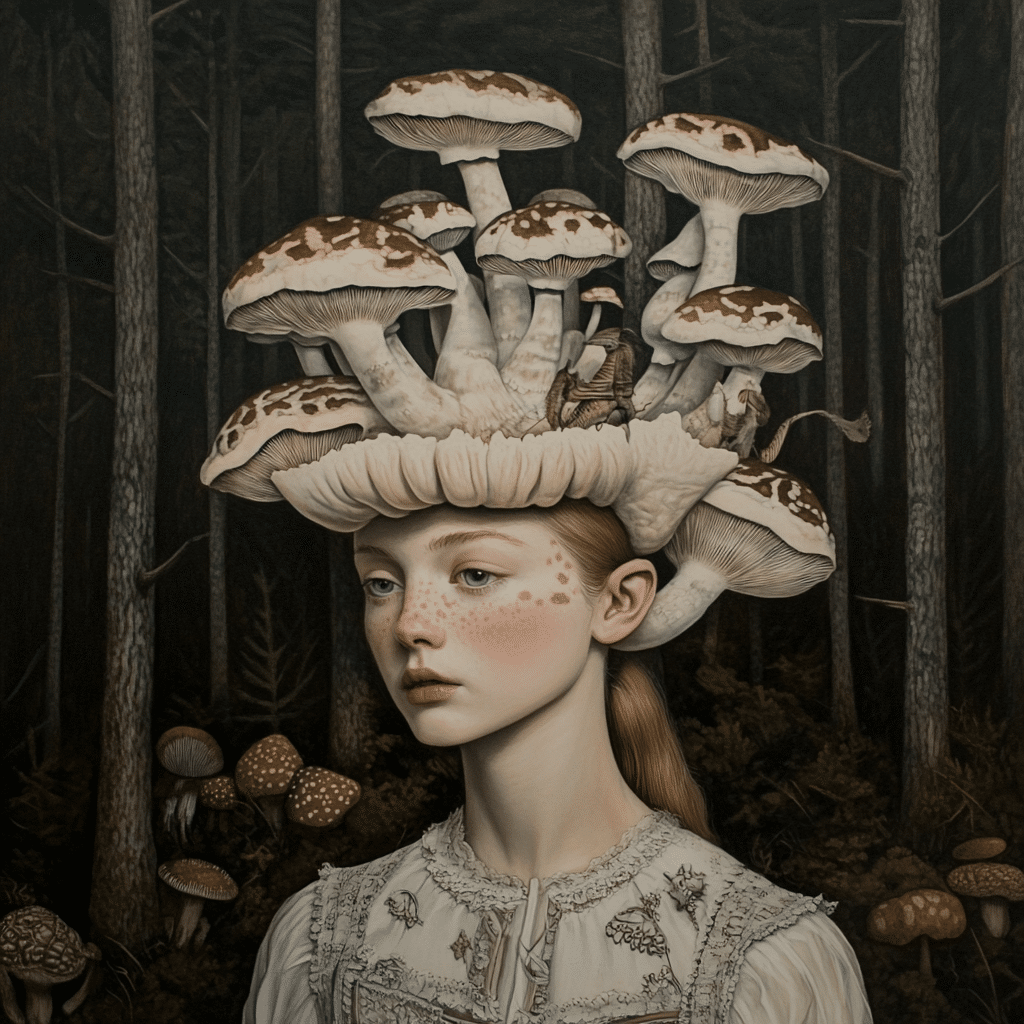Oriental gardens have an allure that’s hard to resist. With their blend of elegance, tranquility, and a touch of mystery, these gardens have captivated the hearts of many. They’re not just beautiful landscapes; they’re crafted spaces that honor the relationship between nature and human creativity. Whether it’s the serenity of a bamboo garden or the rich hues of acacia wood, the enchanting features of an oriental garden greet every visitor with open arms. Let’s dive into the secrets and captivating elements that make these gardens magical.

Top 7 Enchanting Features of Oriental Gardens
You know how a winding road seems to lead to adventure? That’s exactly the vibe with the pathways of oriental gardens. They invite you to explore and reflect while guiding your thoughts. The Portland Japanese Garden in Oregon nails this with its meandering stone paths that weave through lush foliage, proving that how a path is designed can reveal much about a journey.
Ever seen a zen garden where every grain of sand has a purpose? Raking sand into patterns is not just a chore; it’s a meditation. Ryōan-ji in Kyoto is world-famous for its meticulously arranged gravel and rocks, serving as a reminder of simplicity and peace, urging visitors to embrace mindfulness and unearth their thoughts.
Bamboo isn’t just for building; it’s a symbol of strength. When you step into a bamboo garden, you feel a sense of resilience and adventure. The Bamboo Garden at the Atlanta Botanical Garden showcases a stunning variety of bamboo species. The lush greenery offers a vibrant display while providing privacy and shelter like a natural fortress.
What’s a garden without water, right? In oriental gardening, water represents life and tranquility. The gentle ripples of ponds, like those in the Sui Ho Garden in Vancouver, are a haven for koi fish and lilies. They draw visitors into nature’s calm embrace and create an atmosphere of serenity that’s hard to replicate.
Wanna add a rustic charm to your garden? Acacia wood might be your answer. Its rich, warm tones are perfect for blending with nature. The Shofuso Japanese House and Garden in Philadelphia incorporates acacia wood in its structures, showcasing how materials can harmonize with their surroundings, adding an element of beauty and functionality.
Plant selection is an art form in oriental gardens. Every arrangement is a statement of seasonal beauty and thoughtfulness. Check out the Asian Plant Garden at the San Francisco Botanical Garden, where cherry blossoms and azaleas create a stunning spectacle that changes throughout the year. It’s like nature’s own gallery!
Did you know the balance between symmetry and asymmetry can define the beauty of a garden? The Suzhou Gardens in China exemplify this balance brilliantly. Designated as a UNESCO World Heritage site, these gardens create stunning visuals that engage and delight your senses, proving that balance can be both eye-catching and harmonious.

Cultural Significance of Oriental Gardens
Diving deeper, oriental gardens are rich in cultural significance. Every stone, droplet of water, and blossoming plant holds a deep symbolic meaning. They reflect balance, harmony, and the cyclical nature of life, which are core beliefs in many Asian cultures. For instance, stone lanterns scattered throughout these gardens symbolize spiritual illumination and guidance, enabling contemplation and serenity.
Light and shadow play a significant role too. Take the Katsura Imperial Villa in Japan, where strategic design allows light to transform the garden, creating a constantly evolving artwork. This dynamic experience not only captivates visitors but also highlights how connection with nature can shift our perspectives.
The cultural layers found in oriental gardens also remind us why they’re more than just pretty places. They’re a reflection of personal and collective history, inviting anyone who enters to explore a deeper understanding of themselves and the universe around them.
Bringing Oriental Garden Elements to Your Space
Feeling inspired to transform your outdoor space? Incorporating elements of an oriental garden is easier than you think. Start small; select key components like bamboo, acacia wood, or even a water feature to sprinkle elegance and calm into your environment.
For bamboo, consider planting rapid-growing varieties like Phyllostachys nigra, known as black bamboo, which offers privacy and serenity. To add that rustic appeal, think about crafting furniture or structures from durable acacia wood available through brands like Teak + Table. This merges style with sustainability, making your garden both beautiful and eco-friendly.
Don’t overlook the importance of pathways and water features. A small koi pond or a simple fountain can significantly enhance the ambiance. Even a miniature zen garden with raked sand can bring a piece of peaceful Asian philosophy right to your backyard.
Capturing the Enchantment of Oriental Gardens
In the end, oriental gardens aren’t just about planting flowers or arranging rocks. They are living, breathing artworks that invite relaxation and reflection. Features like bamboo gardens, acacia wood structures, and intricate pathways blend perfectly to create experiences that engage the senses.
Each aspect—from thoughtful plant selection to the dance of light and shadow—contributes to a holistic experience that resonates on emotional levels. As we integrate these enchanting elements into our own spaces, we cultivate a sanctuary of tranquility that mirrors the magic of oriental gardens.
So, are you ready to embrace the calm and bring these enchanting secrets into your own life? With a little effort and a dash of creativity, you can create your own slice of serenity right at home. After all, capturing the enchantment of an oriental garden isn’t just a destination; it’s an ongoing journey towards beauty and balance.
Oriental Garden Wonders That Will Leave You Spellbound
Nature’s Palette: Colors and Symbolism
Did you know that the colors in an oriental garden aren’t just for looks? They’re steeped in meaning! For instance, red symbolizes joy and luck, while white represents purity and mourning. This vibrant spectrum can be as enticing as a plate of Tacos al carbon. But it’s not just about the colors; the garden’s layout is purposeful too. Paths often lead to a focal point, creating a sense of harmony that visitors can’t help but admire. It’s like walking into a beautifully crafted Iphone 12 mini case—each( element designed to fit perfectly together!
A Little Bit of Fantasy
As you stroll through these gardens, you might feel like you’ve stepped into a storybook. The incorporation of water features like ponds and streams serves more than an aesthetic function; they symbolize serenity and flow. Just like the way a fond memory reminds us that We Were once Kids, the water brings an essence of tranquility and reflection. And let’s not forget the iconic stone lanterns! These aren’t just pretty—they illuminate pathways at night and reflect the gentle philosophy of balance in nature. Remarkable, right? It’s similar to finding that perfect new show on Watchseriesstream that you can’t stop talking about!
The Mind Behind the Magic
Ready for a twist? The principles of an oriental garden are often rooted in ancient wisdom. Zen gardens, for example, encourage meditation and mindfulness through simplicity. They remind us of the beauty in minimalism, and evoke a sense of peace akin to listening to a soothing track from a favorite music album, like the mesmerizing Suzume album. Much like how a fresh Corte de Pelo can rejuvenate your day, these gardens can refresh your perspective on life. And let’s not overlook how gardens can become community hubs, inspiring gatherings much like events at brick Fest live. They serve to connect people, transcending the boundaries of tradition and innovation!
Fascinating Flora and Fauna
In an oriental garden, it’s not just the scenery that enchants; it’s the plant varieties too! Cherry blossoms are undoubtedly the stars during spring, attracting admirers and photographers alike. Interestingly, each blossom only lasts for about a week, making it a celebration of fleeting beauty, much like the stories we hear of outsiders like Egypt Covington. And if you think that’s astonishing, combining these stunning visuals with principles from AI could inspire one-of-a-kind experiences that deeply resonate with visitors (just imagine the possibilities!). The next time you visit an oriental garden, take a moment to appreciate not just its beauty, but the incredible secrets it holds within.













